Dining out for many of us is a chance to try new flavors, have food brought to a table while we relax, and generally enjoy good food and new company. However, for a lot of us, it’s hard to let go of the concern that the kitchen at a restaurant might not be as clean as we’d like. Fortunately, there are regulations put in place to alleviate some of those concerns and subtle signs that could signal a problem.
“Each city has its own health code, and every restaurant has to pass inspection,” explains Kam Talebi, chef and owner of The Butcher’s Table. “Restaurants are never warned when the inspection is coming either. We are very particular about our processes to ensure that everything stays sanitary and clean. Most cities have a letter grade system so you can get an idea of how clean the place is from outside.”
If the letter grade is good, and the restaurant has a good reputation, you probably don’t have much to worry about. However, we spoke with chefs and hospitality professionals about cleanliness issues that might give them pause— or send them running out the door.
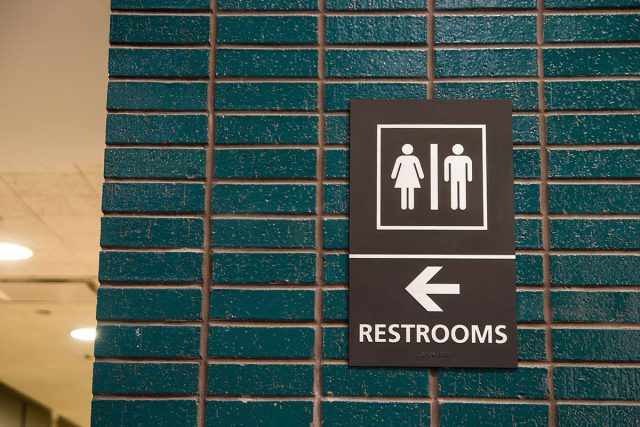

This is probably pretty obvious, but there are certain caveats, says Talebi.
“A dirty bathroom is a deal breaker. However, we have to be considerate of busy times,” Talebi explains. “If it is 8 pm on a Friday or Saturday, they are very busy, a lot of customers have used the restroom, and they won’t be cleaning until the end of the night unless it’s an emergency.”
Paul Kushner, bartender and founder of My Bartender, echoes this, saying, “If you want to know how much an establishment takes hygiene and cleanliness seriously, go to the bathroom. It should smell neutral or, better yet, like disinfectant or cleaning solution. The paper goods and soap should be well stocked, and the floor should be clean. You may notice a cleaning logbook on the back of the door. It should indicate when the room was last cleaned. If the bathroom is out of supplies, the floor is sticky or it smells of urine, I’d wager the kitchen isn’t kept clean either.”
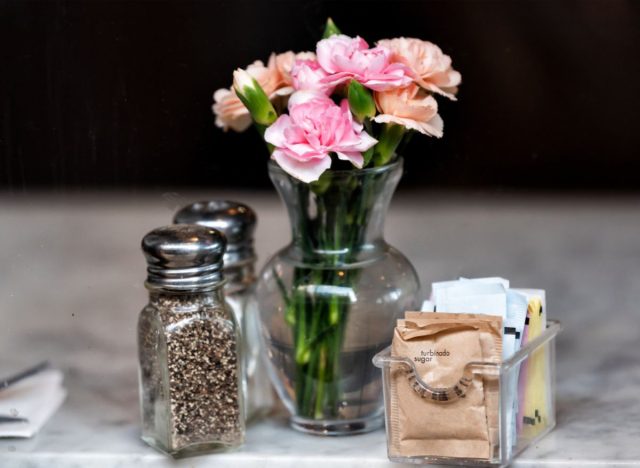

When you get to your table, take a look around at how things are cleaned and cared for.
“Condiments that are missing caps, have crusty caps, or are not re-filled. Additionally, sticky or splotchy menus can be a sign that things are not cleaned routinely,” explains Chris Meckes, professional chef turned culinary educator.
Kushner agrees on the menus, saying, “Is the physical menu sticky, stained, or falling apart? When it comes to restaurants, the adage ‘How you do one thing is how you do everything’ comes to mind. If they can’t present their menus with pride, what else are they hiding? Plus, menus are a high touch surface that should be cleaned regularly, especially in the wake of COVID-19.”
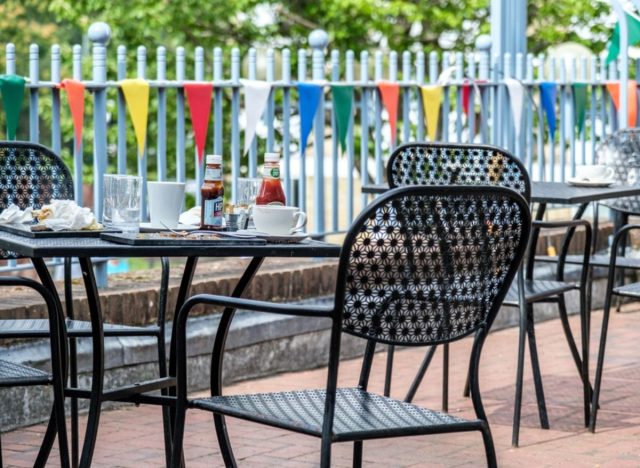

Look out for crumbs and sloppy cleaning, says Kushner, “If you are seated in a booth and feel daring, check the crevice of the seat. If there are crumbs of old food, someone has been cutting corners with cleanliness. Crumbs and scraps left overnight can entice all kinds of vermin, so a pile of old crumbs is a bad sign.”
READ RELATED: Childhood Bladder Cancer Treatment
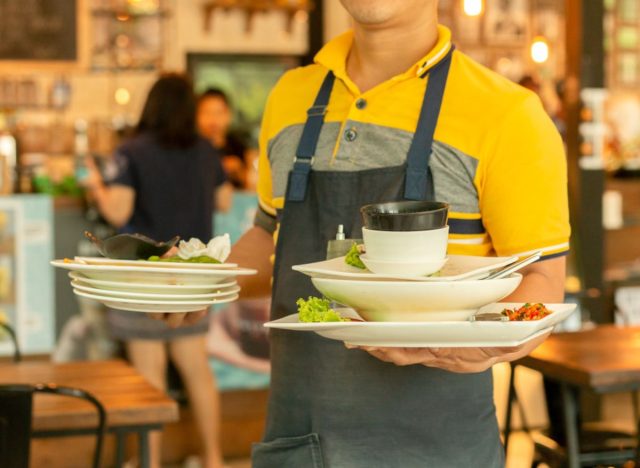

Slow service cleaning up can show a lack of care, says Grant Kneble, owner of Freddy J’s Bar & Kitchen.
“An essential aspect to consider is how quickly servers or bussers handle tables and their process to bus the tables. A dirty table or dishes left on the table for an extended period can signify poor service and a lack of attention to detail,” explains Kneble.
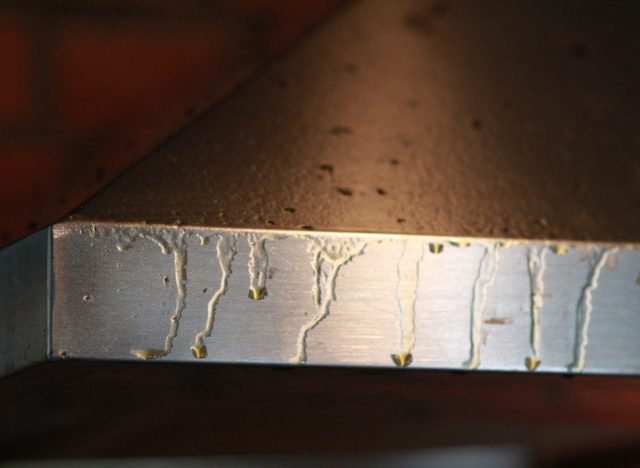

Obviously, cooking can get messy, but the kitchen should be cleaned and grease traps emptied regularly.
“If the backsplash behind the cooking equipment is visibly grimy, that is a sign they have not cleaned properly,” says Meckes. “A smell of old cooking grease throughout the dining area is a sign that the deep fryers have not been changed.”
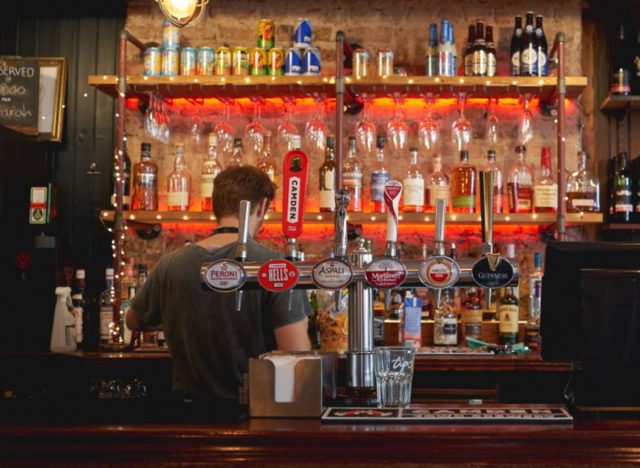

This one will take a sip of beer to determine, but restaurants should regularly be cleaning the tube that runs from a keg of beer to the tap, says Kneble.
“Draft beers can taste off when the keg lines still need to be cleaned,” says Kneble, “Especially if they switched beers. This can signify poor maintenance and a lack of attention to detail.”
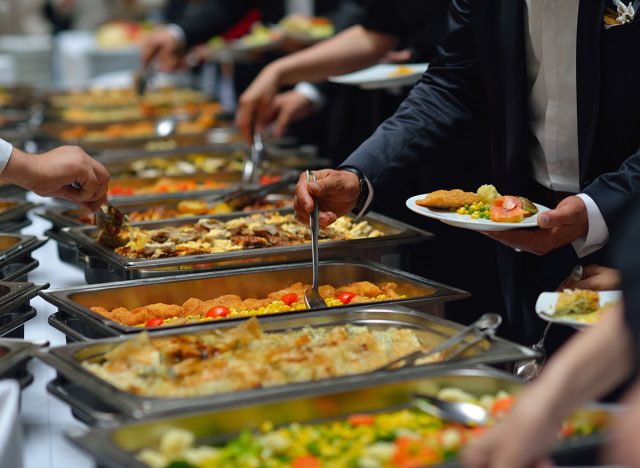

While a buffet may seem like a good deal, you can be playing with unsafe food temperatures and cross-contamination. Only eat at reputable, busy buffets
“It’s likely that the food has been sitting out for too long and will be difficult to heat up properly again. Avoid buffets altogether if you’re pregnant or have a compromised immune system,” says chef Ron Stewart.
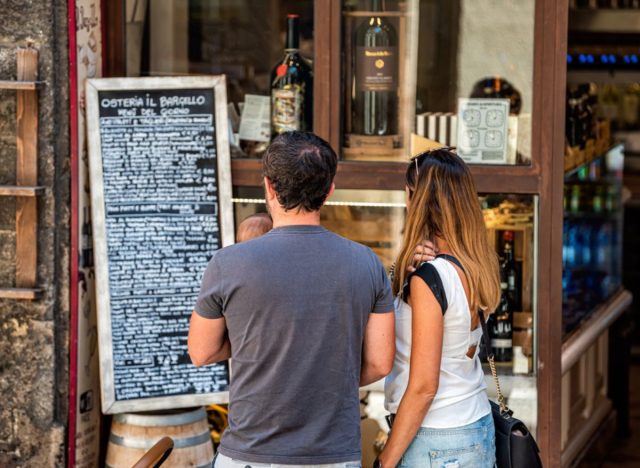

Finally, advice that works in almost any situation: If it doesn’t feel right, it’s probably not.
“Use your senses, sight, and smell, if something doesn’t look or smell right? Beat it,” says Stewart.
Source:










